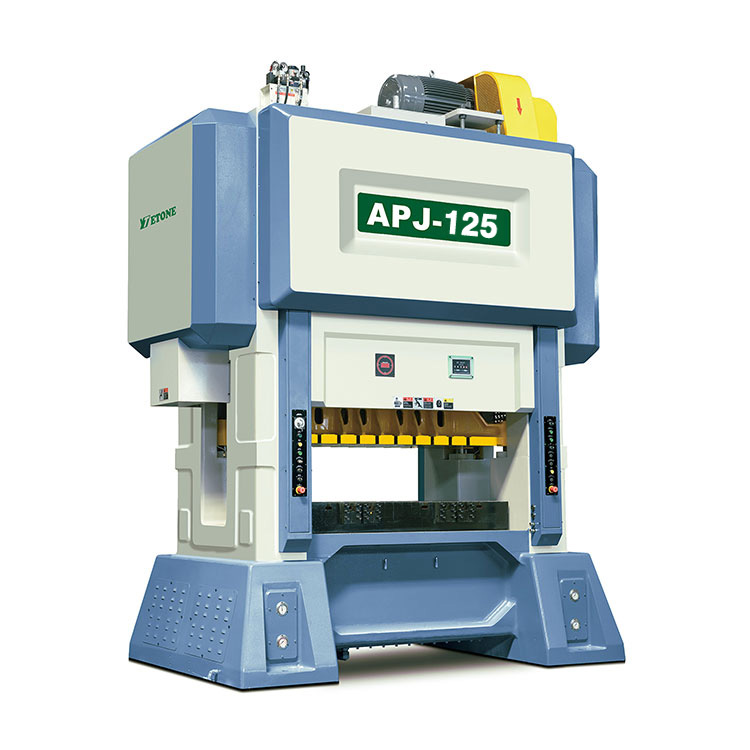The punching speed of a high-speed power press usually has certain requirements, which are mainly determined by the following factors:
Material properties: The properties of different materials such as strength, hardness and plasticity determine their suitable punching speed. Soft materials can usually withstand higher punching speeds, while hard materials may require lower speeds to avoid cracking or deformation.
Mold design: The structure and material of the mold also affect the punching speed. High-precision molds require lower speeds to ensure molding quality, while simple molds can run at higher speeds.
Product quality: When punching at high speed, the surface quality, dimensional accuracy and shape accuracy of the product may be affected. Therefore, it is necessary to select a suitable punching speed while ensuring product quality.
Production efficiency: The punching speed directly affects production efficiency. Generally, a higher punching speed can increase output, but it is also necessary to balance the quality of the product and the durability of the equipment.
Equipment specifications: The design and technical parameters of the high-speed power press (such as maximum impact frequency, impact energy, etc.) determine the speed range in which it can work safely and effectively.
Usually, the punching speed of a high-speed power press can range from dozens to thousands of times per minute, and the specific requirements need to be adjusted according to the actual production situation.
